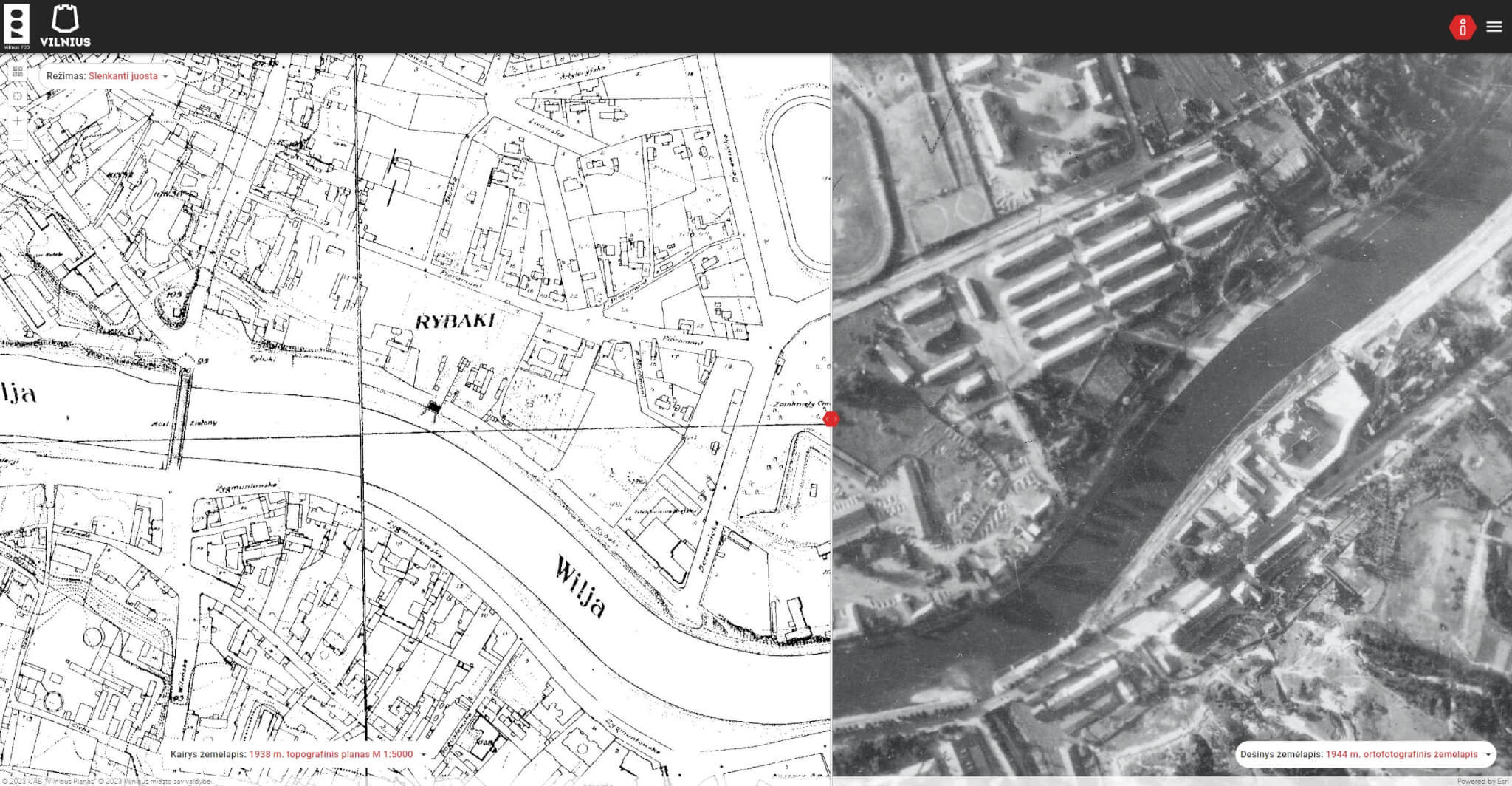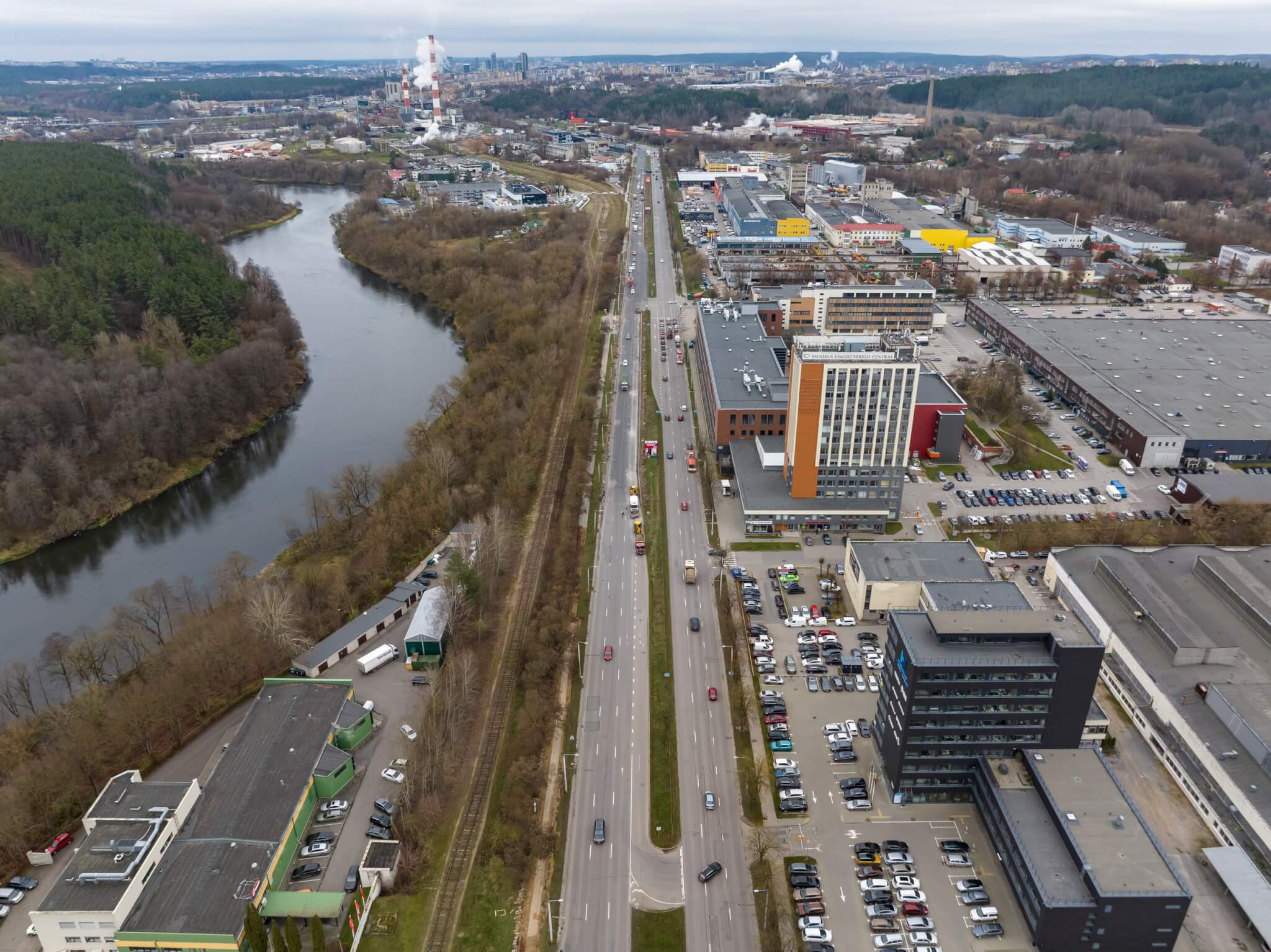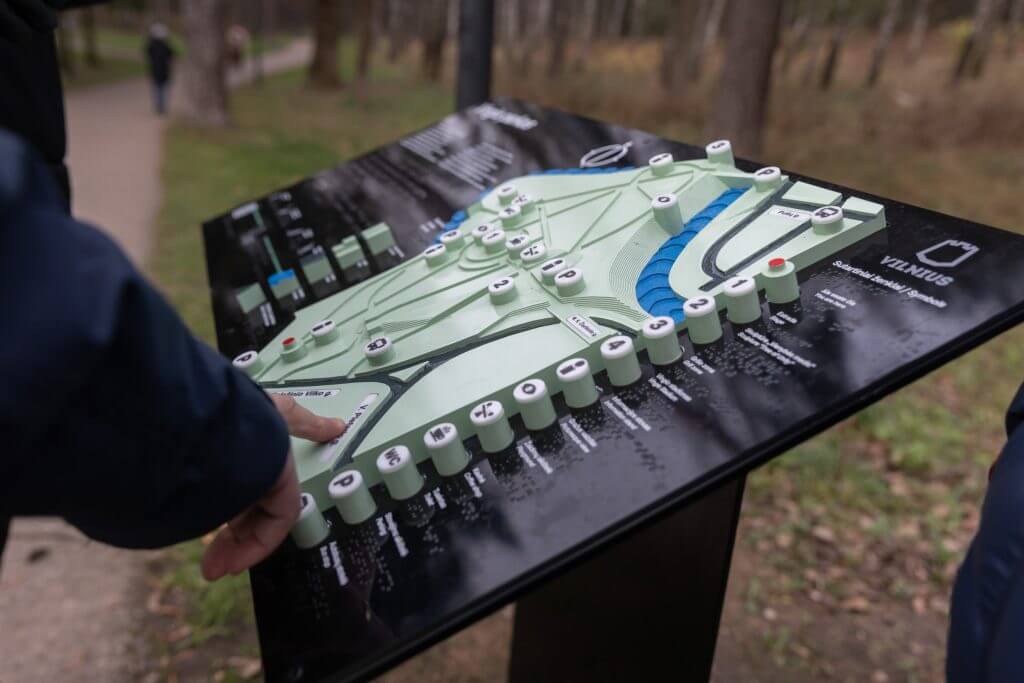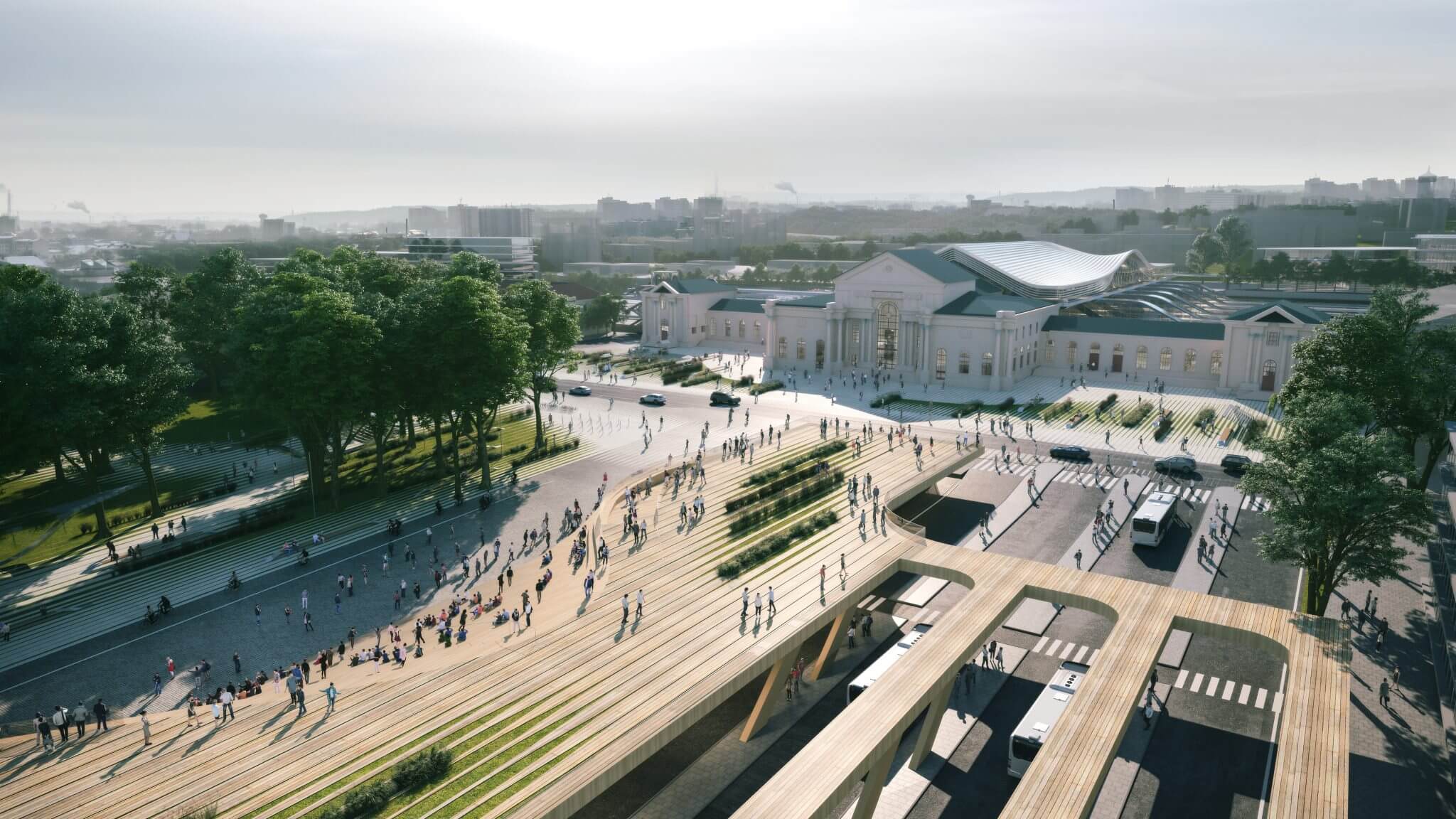On the occasion of the 700th birthday of Vilnius, the geographical system of the history of Vilnius “Vilnius DNA“(www.vilniusdnr.lt) has been opened to the public, which for the first time in such an extent provides digitised large-scale topographic plans of the city from different periods, information about present and past geographical objects, historical events, personalities and their commemorative signs. “There is a lot of information about Vilnius available on the Internet, but there has never been so much objective data based on maps and historical documents in one place before. The Geographical Information System should become a comprehensive and reliable source of information about Vilnius and its history for Vilnius residents and visitors, and a tool for the specialists of the municipality and related companies to collect, preserve, publicize and re-create this history,” says Remigijus Šimašius, Mayor of Vilnius. “The essence of Vilnius DNA is the reconstruction of historical topographies created using large-scale maps and topographical plans of the city from five different periods. Currently, the Vilnius DNA portal offers a variety of ways to explore the city’s history and changes – from historical plans and maps, to streets and their names, to personalities immortalised in the city, to old photographs with postcards, to historical events. According to Donatas Gudelis, Head of the Analysis and Modelling Department of Vilnius Plan, the company’s cartographic experts, the best available large-scale maps were selected to create the database, together representing the city in different historical periods: 1808 – before the tsarist period, 1845 – in the middle of the tsarist period, 1911 – at the end of the tsarist period, 1938 – between the wars, and 1977 – in the late Soviet period. “It took two years to collect, analyse and transfer the archival information into the database. The paper maps were digitised and then oriented in the modern coordinate system, identifying them with the maps of today. Together with the database of this information, the Vilnius DNA portal was created, where all those interested in the history of Vilnius can access the objects stored in the database, filter and analyse them in various sections, and view the links between different objects,” says D. Gudelis. The portal is designed for mobile devices and smart device screens of various sizes, and the different objects are linked to each other, which can be used to create a route for a walk around the city. It also features an interactive ‘time travel’ function, where you can scroll through historical periods by scrolling through special bars on the screen and see how the city’s streets and buildings have changed over time. Those interested in Vilnius-related personalities will also find information on 712 such people – from Lithuanian Grand Dukes to contemporary artists, scientists and politicians – and their places of commemoration: plaques, monuments, sculptures, other artistic or small architectural objects that have been identified through public data sources, both by the city and by private initiatives.
He points out that the portal has already been useful when, based on the collected data, the exact location of today’s Minties Street, where the partisan Juozas Lukša-Daumantas lived in 1946, was identified. This was done by matching the 1938 city plan with a 1944 aerial photograph of the capital and comparing the information with the current city plan. The portal’s material is already being used by specialists to draw up the conditions for tenders for land management and transformation projects, to choose names for new buildings, and to analyse and plan the commemoration of personalities who have contributed to the city of Vilnius. “Vilnius DNA also includes 50 medium-scale maps and old photographs and postcards of the city in the collections of the Vrublevskis Library of the Lithuanian Academy of Sciences (LAS). In the near future, the portal will be expanded by translating it into foreign languages and by involving the public itself in the collection of history by allowing them to upload historical photographs and postcards to the portal.





